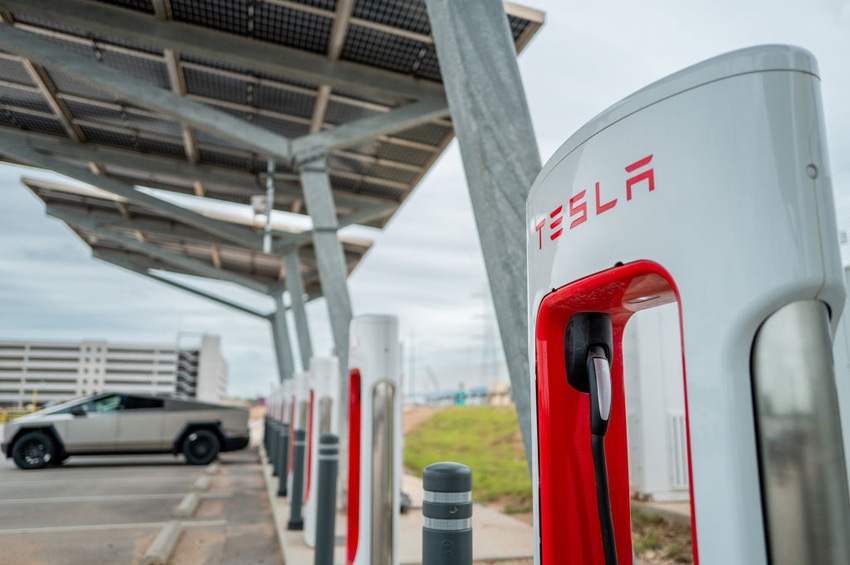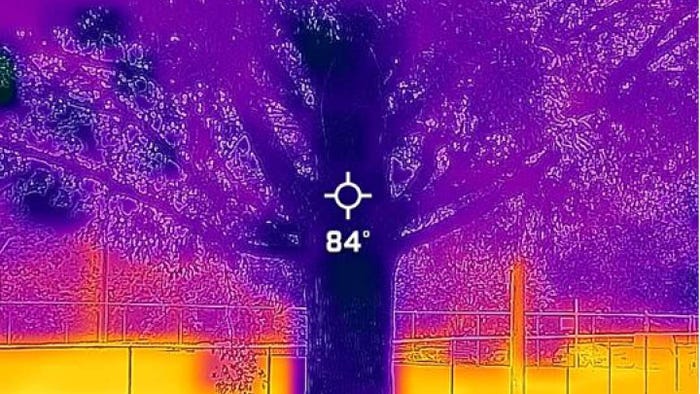Tesla Teases Ride-Hailing Self Driving Taxi; Promises Cheaper Models
Musk also confirmed an imminent overhaul of Tesla’s showroom line-up, including the addition of cheaper cars during earnings call
April 24, 2024

Tesla used its latest earnings report to shed some intriguing light on its automotive roadmap, with cheaper cars and more autonomy on the way.
After a first quarter in which Tesla’s auto sales have fallen by 20% year on year, and 14,000 jobs have been axed, there was little surprise that the figures recorded were disappointing.
Tesla reported revenue of $21.3 billion in the first quarter, a fall of 9% year over year, with profits falling 55% to $1.13 billion.
In a call to investors, CEO Elon Musk attributed the fall to “several unforeseen challenges,” in particular a global slowing of demand for electric vehicles. But while other automakers have responded by pulling back on EVs and focusing on hybrids, Musk said: “We believe this is not the right strategy and electric vehicles will ultimately dominate the market.”
Indeed, far from pivoting away from new EVs and new tech, Tesla made clear on the call that it is pursuing innovative solutions with more vigor than ever, backing up Musk’s recent claim on X that the company was poised to go “balls to the wall” on autonomy.
Arguably of most immediate interest was the surprise confirmation of an imminent overhaul of Tesla’s showroom line-up, including the addition of cheaper cars.
The earnings report spelled out: “We have updated our future vehicle line-up to accelerate the launch of new models ahead of our previously communicated start of production in the second half of 2025.
“These new vehicles, including more affordable models, will utilize aspects of the next generation platform as well as aspects of our current platforms, and will be able to be produced on the same manufacturing lines as our current vehicle line-up.”
Tesla shares shot up in value in the wake of this news, although it’s uncertain if it means significant updates to current models or the introduction of an all-new one, or both.
Reuters previously claimed that Tesla had ditched plans for a new sub-$25,000 Model 2 – a report dismissed by Musk – but it is understood that this car could not be produced within Tesla’s current infrastructure.
Whether the Model 2 is axed or simply on hold, what is clear is that much of the immediate focus has shifted to the self-driving taxi that Musk has said will be revealed on August 8, and referred to as “Cybercab�” on the call.
It was made clear that the robotaxi will be “purpose built” – generally understood to mean lacking conventional driving controls, such as a steering wheel or pedals – and built using a new “unboxed” manufacturing strategy, which is not possible within Tesla’s existing infrastructure.
On X, Tesla gave a hint of how the Cybercab could be deployed in the future by showing screenshots of what an Uber-like service might look like when incorporated into the Tesla app.“We have been investing in the hardware and software ecosystems necessary to achieve vehicle autonomy and a ride-hailing service,” the report explained.
This all fits into Musk’s wider vision for Tesla, where the autonomous functionality at the heart of a vehicle remains key. “In the future, gasoline cars that are not autonomous will be like riding a horse and using a flip phone,” he claimed.
That outlook explains why Full Self-Driving – about which Musk said he was “in conversations” with another major automaker over a licensing deal – remains such a priority for Tesla.
Despite reservations among the public and politicians, he painted a bright picture for FSD, saying it was already close to exceeding the reliability of a human and that it was unlikely there would be “significant regulatory barriers.”
Musk concluded: “The way to think of Tesla is almost entirely in terms of solving autonomy and being able to turn on that autonomy for a gigantic fleet. And I think it might be the biggest asset value appreciation history when that day happens when you can do unsupervised full self-driving.”
About the Author(s)
You May Also Like





.png?width=300&auto=webp&quality=80&disable=upscale)

.png?width=300&auto=webp&quality=80&disable=upscale)
.png?width=300&auto=webp&quality=80&disable=upscale)